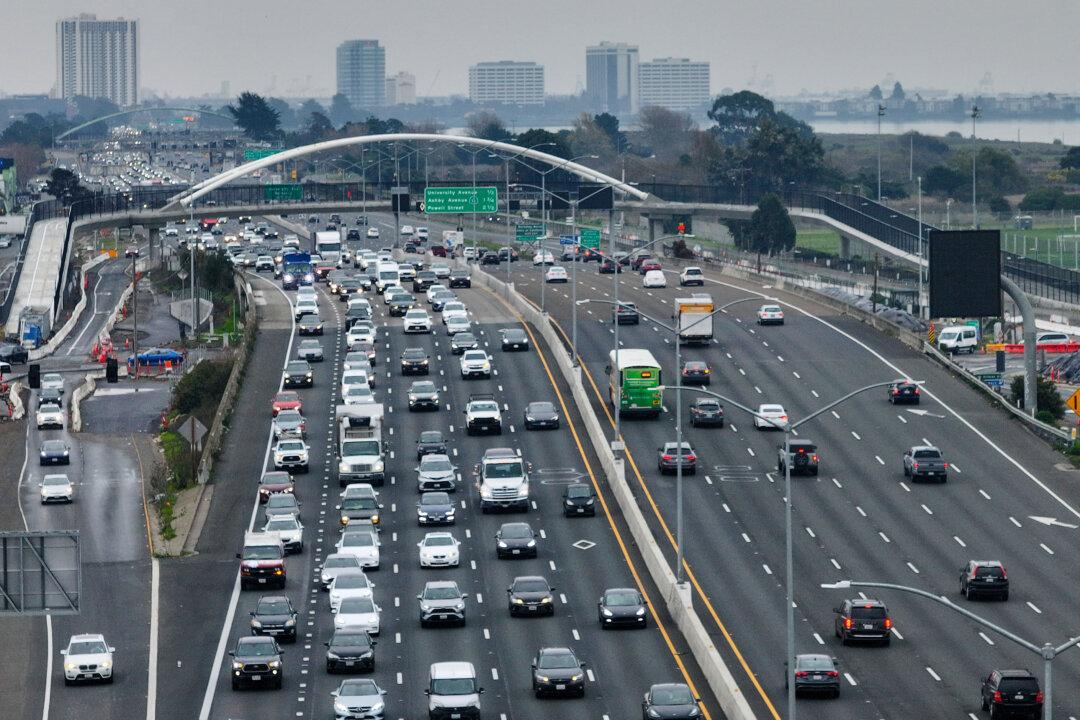The agency noted in a statement that it had already conducted reconnaissance at 6,022 properties, including 3,636 affected by the Eaton fire and 2,386 by the Palisades fire.
“EPA is undertaking the largest wildfire cleanup in the history of the agency,” EPA Administrator Lee Zeldin said in a statement. “We’re not going to wait days or weeks or months to ramp up.
“We have over a thousand personnel on the ground to aid Californians, and our local, state, and federal partners, in Los Angeles’s recovery. The Trump administration is tackling this head on in a way that EPA couldn’t possibly be prouder to be a part of.”
To date, the EPA has removed 80 electric vehicles and bulk energy storage systems, which pose significant hazards to both the public and the environment.
The agency stated that it now has 1,050 response personnel in the field—up from 478 last week—with an additional 280 mobilizing on Jan. 3. Sixty teams are being assembled to clear hazardous materials from more than 13,000 residential and 250 commercial properties.
Crews will also handle visible asbestos and inspect propane and other pressurized gas cylinders. This stage is essential for ensuring public and worker safety before Phase 2, the large-scale debris removal conducted by the U.S. Army Corps of Engineers, the agency stated.
The agency has been tasked by the Federal Emergency Management Agency with identifying and safely disposing of lithium-ion batteries.
Residents returning to fire-affected areas are urged to exercise extreme caution and report any suspected lithium-ion battery hazards to the EPA hotline at 1-833-798-7372. The agency warns against touching, moving, or attempting to charge fire-damaged batteries, which will be assessed by hazardous material professionals.
In coordination with federal, state, and local stakeholders, the EPA has also established a working group to expedite cleanup operations. At the request of water utilities, the agency is providing technical assistance to help restore water systems affected by the disaster.
To streamline operations, the EPA has secured temporary staging areas for hazardous waste materials to be processed for safe transport and disposal.
In response, EPA officials said the location was selected based on urgent public health needs. They cited their track record in handling such sites safely during disaster recovery efforts, such as in Maui, Hawaii, in 2023.
EPA personnel will only remove hazardous materials by hand and will not handle non-hazardous debris, the agency noted.
If property owners are present when EPA crews arrive, work will be postponed and rescheduled for a later date. In cases in which objects of value are found during cleanup, local law enforcement will be contacted to ensure safekeeping.







